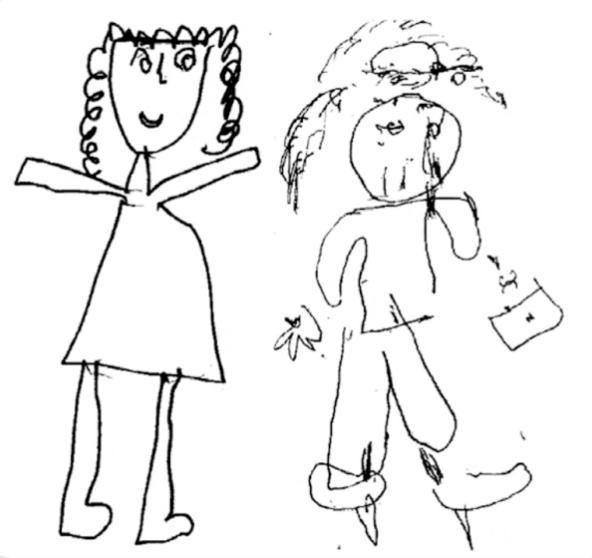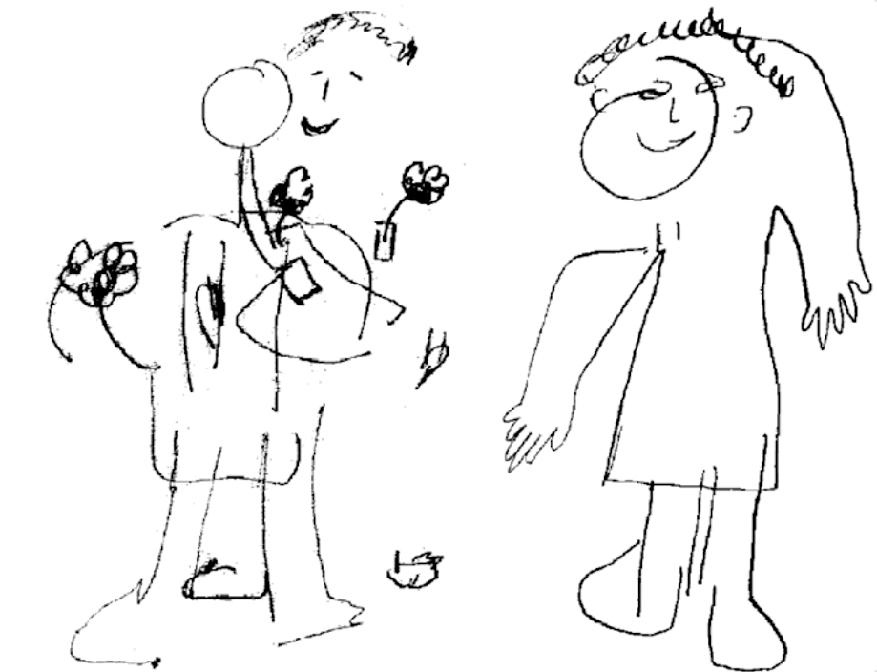Congenital blindness, can you see things in your dreams?
Today is the "International Day for the Blind". Do you think that blind people can’t see in broad daylight and how can they see in their dreams at night? It’s not that simple.
In fact, there are two kinds of blind people: congenital blind and acquired blind.

Image source: pexels
The first type: the acquired blind, who originally had perfect vision and had seen the world, can still see things in their dreams, although they became blind later.
The second kind: congenital blindness. People usually think that since they have never seen anything since they were born, they certainly have no vision in their dreams.
But in fact, is this really the case?
An experiment to depict dreams
In 2003, a Portuguese scientist claimed that people who were born blind could see images in their dreams. They designed such a set of experiments:
A total of 19 participants, 10 were born blind and 9 were visually sound.
The experiment requires that participants sleep normally at home.
However, there will be four alarm clocks to wake them up at night. After waking up, the participants described their dreams to the tape recorder and then went back to sleep.
The next morning, the sighted people asked to be blindfolded and draw their dreams on paper with other participants.
Here are the results. Can you identify which one was painted by a blind person?

The first hand-drawn dream map
Image source: reference [2]

The second hand-painted dream map
Image source: reference [2]
The answer is as follows ↓
The first picture is a dream recorded for the blind.
Therefore, Portuguese scientists have come to the conclusion that the description of dreams by the congenital blind and the visually sound is indistinguishable.
The way blind people see the world is not just their eyes.
Does this mean that the congenital blind have vision in their dreams? Not necessarily.
In fact, not only vision can produce images, but also the senses of touch and hearing.
Let’s talk about touch first. In the story of the blind touching the elephant, the blind touching the leg will draw a tree, the blind touching the body will draw a wall, and the blind touching the tail will draw a rope. If you touch the elephant’s whole body, the blind can draw a complete elephant. Just by touching, the brain can also form images and draw them. Scientists have studied congenital blind people and found that their tactile signals will flow into the visual cortex in the brain, thus creating images.

Image source: pexels
There are also some reports that the congenital blind can produce images by hearing. Like bats, they have the ability of echolocation, and they can hear the general structure of the house only by the echo of high heels stepping on the ground.
Some scientists also believe that blind people can see things in their dreams, which is actually a psychological experience similar to echolocation.
A study on blind people found that:
People who are born blind have no vision, nor do they dream;
People who are blind before the age of 5 will also lose their visual impression;
People who are blind after the age of 7 will always leave visual cognition;
In short, the scientific community still has no clear answer to the previous experimental results. But describing a dream is not necessarily because the blind man opened his eyes in the dream, but also because of his sense of touch and hearing.
Finally, let’s look at a picture of a dream painted by a congenital blind person.

Congenital blind people describe dreams:
The sun, sailboats, seabirds, clouds, coconut trees,
There are two happy people
Image source: reference [2]
Blind people have no vision, but this does not prevent them from making an accurate and poetic description of the world. Touch, smell and hearing can also become their "new eyes" to see the world.
references
[1] eliezer Sternberg. Neural logic [M/OL]. Gao Tianyu, translated. Guangxi Normal University Press (Chapter 1)
[2] Bé rto Lo h, Paiva t, Pessoal, et al. Visual Dream Content, Graphical Representation and EEG Alpha Activity in Congnitively Blind Subjects [J]. Cognitive Brain Research, 2003, 15 (3): 277-284. (Support viewpoint)
[3]Kerr N H, Domhoff G W. Do the Blind Literally" See" in Their Dreams? A critical of a recent claim that they do [J] .2004. (Objection)
Plan and make
This article is a work of the popular science China starry sky cultivation plan.
Author, Weaving Chicken, Popular Science Author
Audit Tao Ning Institute of Biology, Chinese Academy of Sciences
Planning Fu Sijia Jin Yufen (intern)
Original title: "Congenital blindness, can you see things in your dreams? 》
Read the original text